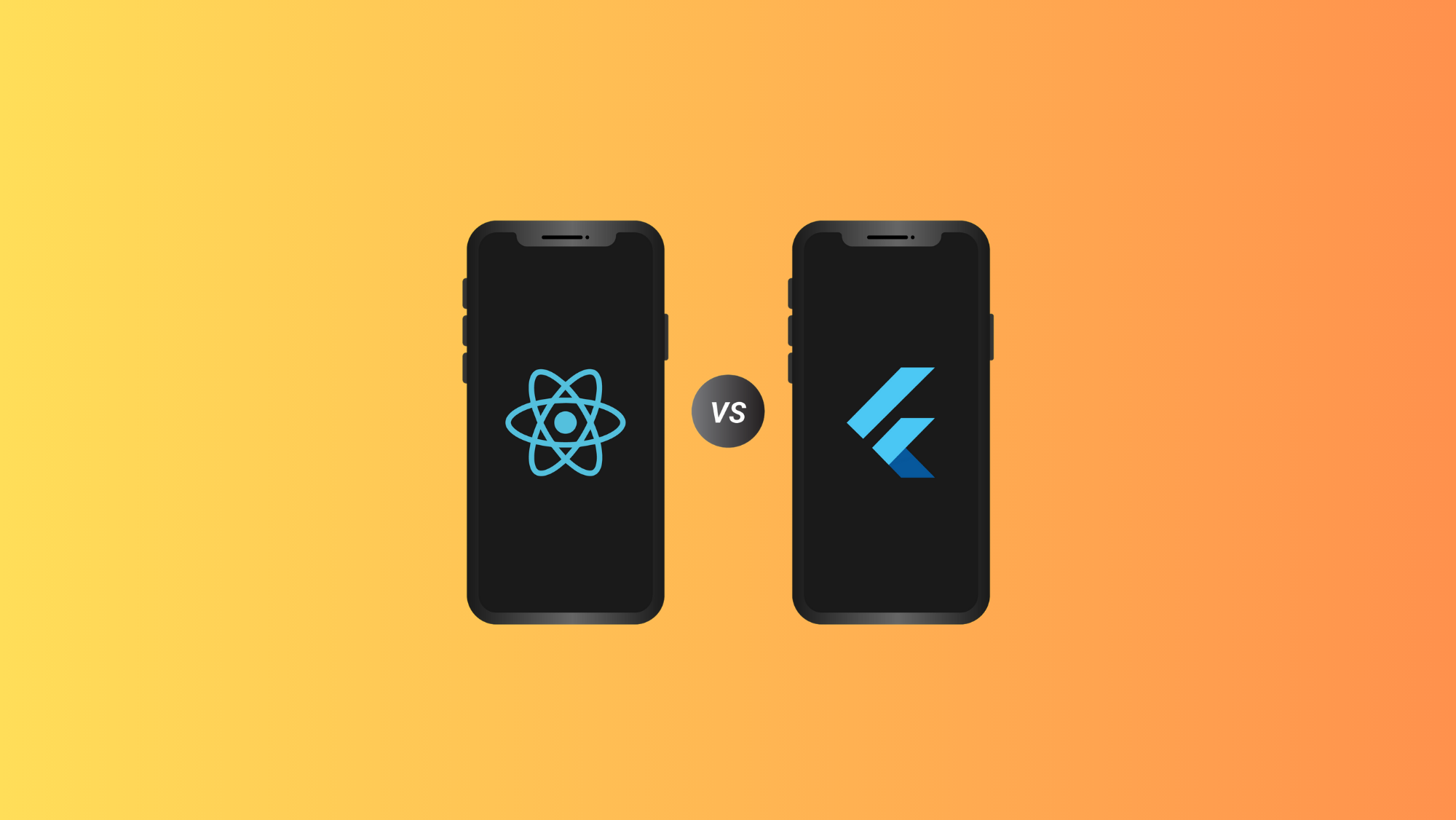Ionic Framework: The Future of Cross-Platform Mobile and Web Apps
Introduction
In the dynamic landscape of app development, the need for versatile solutions that cater to multiple platforms has never been greater. Enter the Ionic Framework—a powerful, open-source toolkit that empowers developers to create seamless cross-platform mobile and web applications. In this blog post, we'll dive into the world of the Ionic Framework and explore how it is shaping the future of app development.
The Rise of Cross-Platform Development
Gone are the days when developers had to create separate codebases for iOS, Android, and web applications. Cross-platform development has emerged as a game-changer, allowing developers to write code once and deploy it across multiple platforms. This approach significantly reduces development time, maintenance efforts, and overall costs.
Introducing the Ionic Framework
At the forefront of the cross-platform development revolution is the Ionic Framework. Built on top of web technologies like HTML, CSS, and JavaScript, Ionic provides a comprehensive suite of tools and components that enable developers to create native-like experiences across various platforms.
Key Features of Ionic Framework
- Angular Integration: Ionic is tightly integrated with Angular, a popular JavaScript framework. This integration streamlines the development process, allowing developers to leverage Angular's powerful features for building dynamic applications.
- UI Components: Ionic offers a wide range of customizable UI components that mimic native elements. These components ensure consistent and engaging user experiences across different platforms.
- Platform-specific Styling: Ionic automatically adjusts the styling of components to match the platform's design guidelines. This means your app will have a native look and feel on both iOS and Android.
- Cordova and Capacitor: Ionic supports both Cordova and Capacitor, which are tools for accessing native device features. This enables developers to create apps with functionalities like camera access, GPS tracking, and push notifications.
- Rapid Development: Ionic's component library and pre-designed templates accelerate development by providing a foundation to build upon. Developers can focus on app logic rather than spending excessive time on UI creation.
- Live Reload: Ionic's development server supports live reloading, allowing developers to see instant changes in the app as they modify the code. This speeds up the testing and debugging phases.
The Power of Progressive Web Apps (PWAs)
One of Ionic's standout features is its support for Progressive Web Apps. PWAs combine the best of both web and native app experiences. They can be accessed through a web browser and installed on a user's home screen, offering fast loading times, offline capabilities, and a responsive design. Ionic makes it easy to convert your app into a PWA, expanding your app's reach beyond traditional platforms.
Why Ionic Is the Future of App Development
- Efficiency and Cost-effectiveness: Ionic drastically reduces development time by enabling developers to write code once and deploy it on multiple platforms. This efficiency translates into cost savings and quicker time-to-market for app projects.
- Consistency Across Platforms: Creating a consistent user experience across different platforms has always been a challenge in app development. Ionic's UI components and platform-specific styling ensure that your app looks and feels native, regardless of the device it's running on.
- Broader Audience Reach: With the rise of PWAs, Ionic apps can now be accessed via web browsers. This means your app can reach users on various devices, including smartphones, tablets, and desktops, without the need for separate installations.
- Developer-Friendly Environment: Ionic's integration with Angular, its rich component library, and its straightforward documentation make it an ideal framework for developers of all skill levels. Developers can leverage their existing web development knowledge to create powerful apps.
- Future-Proof Technology: The tech world is continually evolving, and adaptability is key. Ionic embraces the latest web technologies and updates to ensure that your app remains relevant and compatible with future devices and platforms.
Getting Started with Ionic
- Installation: To get started with Ionic, install the Ionic CLI and Node.js. Use the CLI to create, build, and test your Ionic projects.
- Choose a Framework: While Ionic is tightly integrated with Angular, it also offers compatibility with other frameworks like React and Vue.js.
- Explore the Documentation: Ionic's documentation is extensive and user-friendly. It covers everything from setting up your project to using UI components and deploying apps.
- Experiment and Learn: The best way to learn is by doing. Experiment with creating simple apps, and gradually explore more advanced features and functionalities.
- Join the Community: Ionic has a vibrant and active community of developers. Engage in forums, ask questions, and share your experiences to learn from others and stay updated on the latest developments.
Conclusion
The Ionic Framework has emerged as a game-changer in the world of app development. Its ability to create cross-platform applications with a native-like experience, its support for Progressive Web Apps, and its focus on efficiency and developer-friendliness make it a powerful tool for the future. As the app landscape continues to evolve, Ionic remains at the forefront, empowering developers to build versatile, high-quality applications that cater to a diverse audience across various devices and platforms. Embrace the Ionic Framework, and unlock the potential to shape the future of app development.
You May Also Like
These Related Stories

Building for the Future: Couchbase in Modern App Development

Flutter vs. React Native: Which is better for mobile app development?



No Comments Yet
Let us know what you think